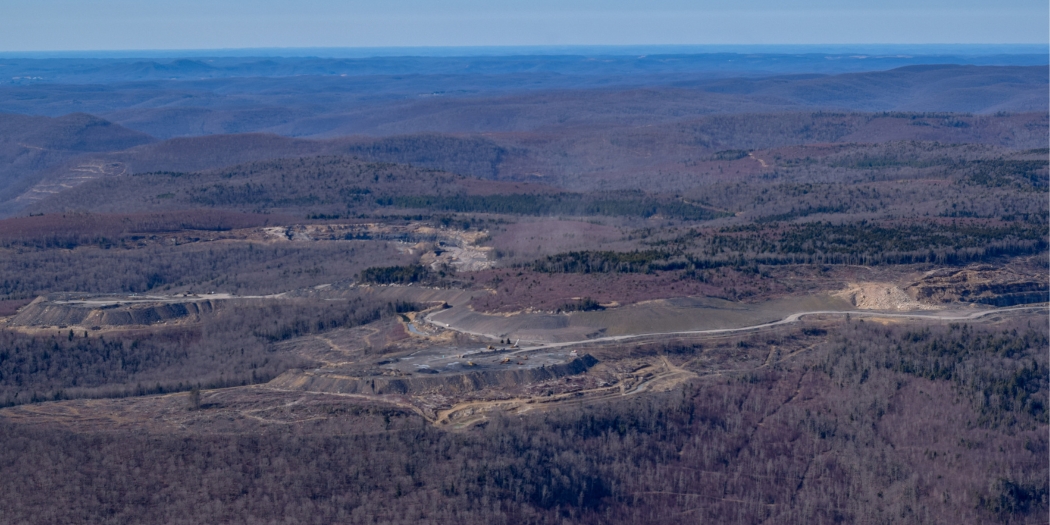By Bob Henry Baber
Despite numerous mining citations and legal violations, South Fork Coal continues to destroy thousands of pristine acres in and around the Monongahela National Forest Proclamation boundary.
It continues to pollute the South Fork of the Cherry River and to endanger the exquisitely colored, rare candy darter trout.
But by far the most serious consequence of strip mining in the Greenbrier County high country is the growing danger of flooding to the at-risk people of Richwood.
The June 23, 2016, Thousand Year Flood devastated the town. Nursing home residents died in the aftermath of the destroyed facility, and 100 jobs were permanently lost; two schools were destroyed, and they have not yet been replaced; 100 homes, stores, streets, the water intake, and the sewer lines in the Cherry River were annihilated. For a half year Richwood’s raw sewage flowed directly into the Cherry River and on into Summersville Lake.
The costs, not including human suffering, which continues to this day, easily exceeded $50 million dollars. Per capita, it has been one of the most expensive events in FEMA history.
There is no doubt that the vast stripping in the watershed dramatically contributed to the disaster. Yes, the North Fork of the Cherry River—coming out of the forest—flooded, but the South Fork, coming off desolate, unreclaimed land, absolutely raged. How could it have been otherwise? It couldn’t.
Still, we are now almost a decade later, and the stripping and polluting continue unabated.
This….is…insanity.
It all started around 1945 when a man named Maust from, ironically, Scarsdale, New York first stripped Coal and Blue Knobs. It was ruin-and-run stripping—ringing around the mountains. In its wake, high walls were left along with shale and acid ponds. But by today’s standards, they were mere fingernail clips, and nature did its best to heal the scars.
But the strippers had a toehold, and in the 1980’s they returned—ostensibly to “reclaim” what Maust had left. It was a ruse to get more coal. Hardwood timber was bulldozed and buried, the plug on the self-cleansed lakes was pulled, and the cuts to the mountains grew exponentially.
Peter Moran, the superintendent of the mines, proclaimed it would all be put back “better than it was.” He stated the topsoil scraped from the surface would be spread on the removed layer of “the cake” and trees would be planted and would thrive. Of course, neither happened.
Fingernail clips had morphed into outright amputation.
Let me tell you about what was lost. This land had huge Colorado-like boulders covered with lichens and soft, green, moist moss from the beginning of time. It was soft to the touch. Cherry, Oak and Maple trees abounded. The air was scented with their presence. Clear headwaters silently seeped downward. This was “National Geographic” land—photogenic and stunning.
Now…it is all gone.
Every.
Single.
Bit.
What’s left is smoothed over rubble and spindly grass, roads, and pitiful tiers of scarred and sculptured mountains…turned into human mole hills: ugly and depressing to behold. And beneath that facade—the real danger of a decapitated watershed remains. And toxic water continues leaching into the rivers.
For the candy darter and the beautiful people of Richwood the risk of pollution and the next Thousand Year Flood loom ever greater with each passing day, each mine explosion, and each gouge of the blade.
Truly, this….is…insanity.

